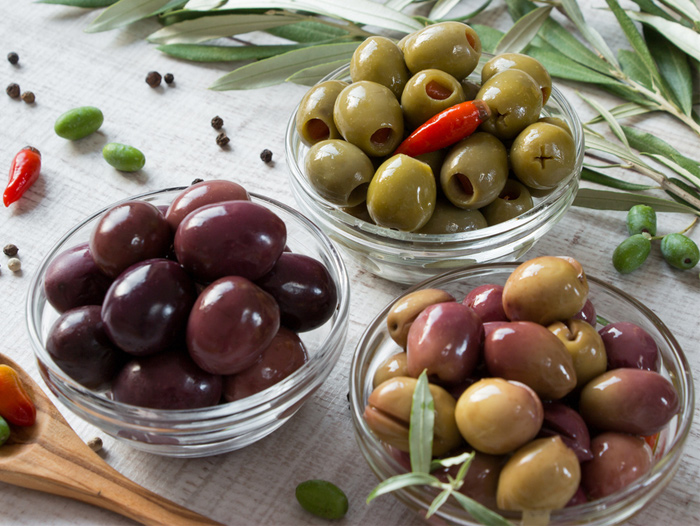Bell-Carter Foods: Table Olive Harvest Was Devastatingly Below Already Low Industry Expectations
November 12, 2020 | 3 min to read

WALNUT CREEK, Calif. – With the 2020 California table olive harvest complete, Bell-Carter Foods, LLC, the leading manufacturer of table olives in the U.S., revealed that the harvest was devastatingly below already low industry expectations. Compared to California’s 2019 table olive harvest, which produced 90,000 tons, 2020 was projected to return only 30,000 tons, a projection that was later amended to just over 20,000 tons after the harvest was completed – a 77 percent decrease from 2019, 57 percent below the five-year average, and the second smallest harvest in the last decade. At an average yield of just over 1.5 tons per acre, many growers chose to forgo the harvest altogether considering the high cost of picking relative to the low financial returns.
For the past three decades, the U.S. table olive industry has relied on bulk olives from global sources due to the irrefutable fact that California’s table olive supply cannot support U.S. demand. This challenge is further compounded by the reality that California acreage dedicated to table olive growing is on a steady decline. This year, 12,000 acres are devoted to table olive growing compared to 2015, when there was nearly double that amount. Faced with environmental challenges, such as water shortages, and ever-increasing labor costs, growers are switching to more profitable crops such as pistachios and almonds, making the domestic market significantly less competitive and far more expensive compared to other global olive growing regions.
“The issues facing California table olive growing have been unrelenting and significant – as an industry, we would need six times the current California acreage in order to satisfy the total domestic demand, and that doesn’t account for recent increased demand resulting from COVID-19,” said Tim Carter, CEO of Bell-Carter Foods. “Even when factoring in crop carryover, sustainable global sourcing is critical to continue to provide an uninterrupted supply of high-quality olives to retailers and consumers nationwide.”
While attempts by Bell-Carter Foods, and the rest of the table olive industry, have been made over the past two decades to mechanize California olive harvesting, the financial and time investments are significant for growers, with newly planted olive trees taking more than five years to bear fruit and more than seven years to become potentially profitable. Further analysis shows that, while mechanization is critical to compete with the global olive marketplace, which has already mechanized, California growers will be forced to adopt more competitive pricing, minimizing or eliminating their potential for better returns. Simply put, California pricing is not competitive enough – with or without mechanization – to sustain growers’ profits and the olive industry at large.
Despite these challenges, Bell-Carter Foods has remained committed to and invested in thousands of acres in California, including more than 1,400 acres in Tehama County, which is in the backyard of the company’s olive curing and manufacturing plant. This year’s catastrophic table olive crop in California underscores the necessity for Bell-Carter Foods’ recent strategic investment in a global sourcing model – one that diversifies its supply to include high quality olives from countries within the EU and elsewhere, in addition to California – benefitting both Bell-Carter Foods and its retail customers by securing long-term reliable and stable pricing and supply annually, regardless of what Mother Nature or political mandates have in store. While overall sizes of olives are expected to continue to trend smaller as a result of environmental conditions, Bell-Carter Foods is positioned to continue to provide high-quality, competitively-priced olives to meet the standards of consumers across the U.S., just as they’ve done for the past 100 years.
